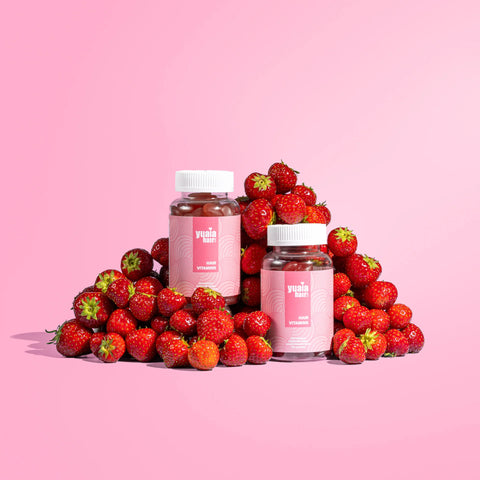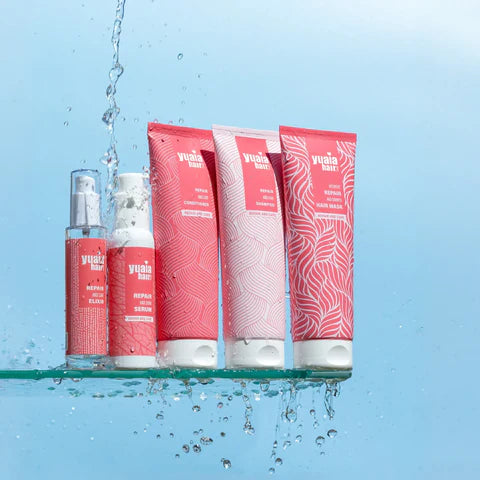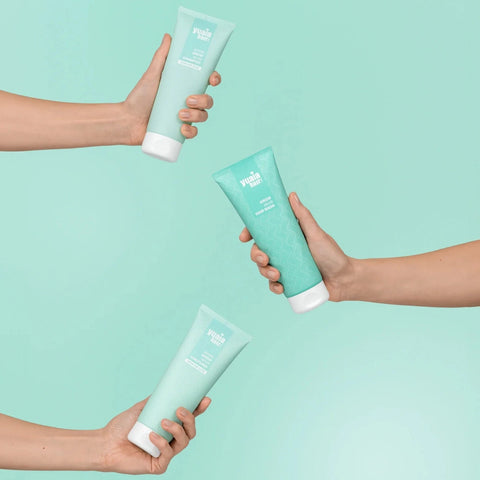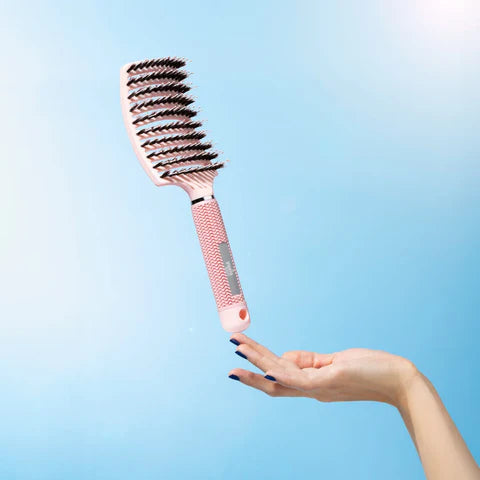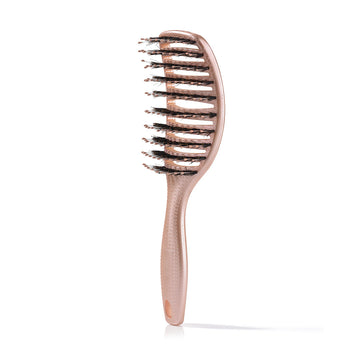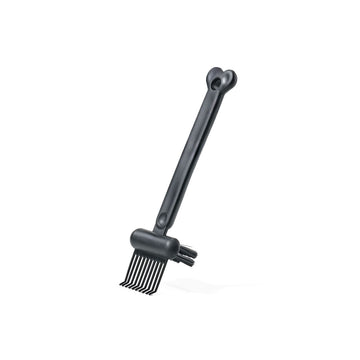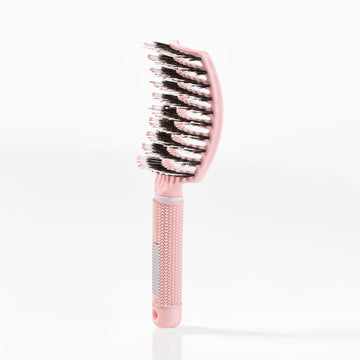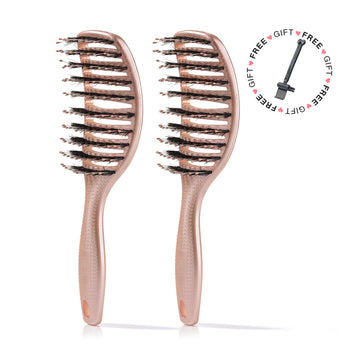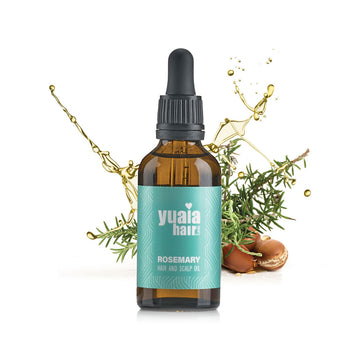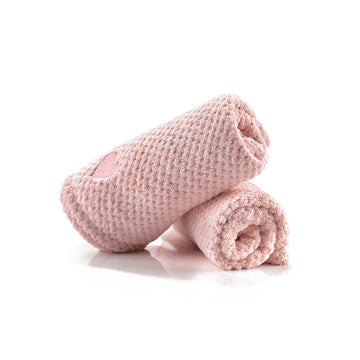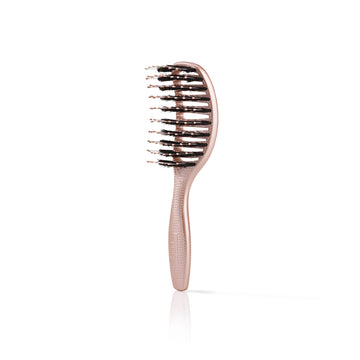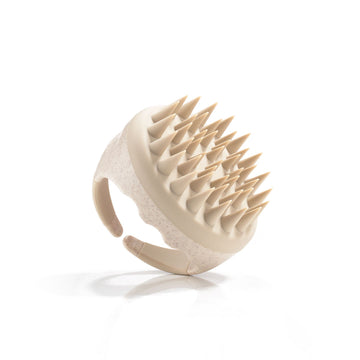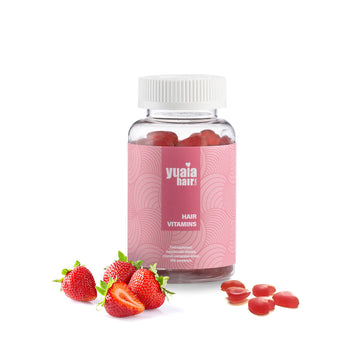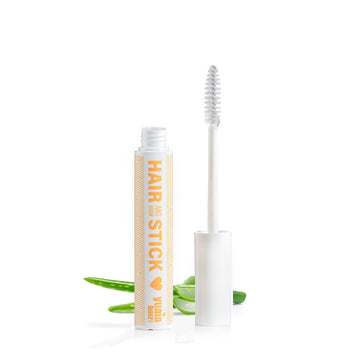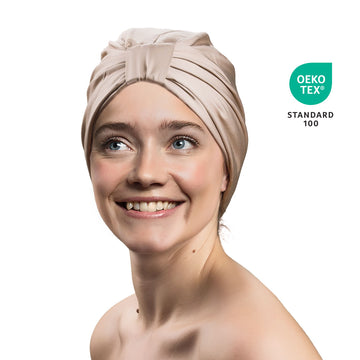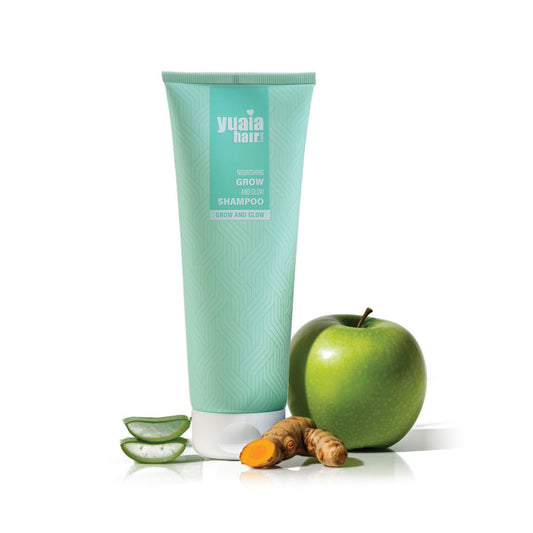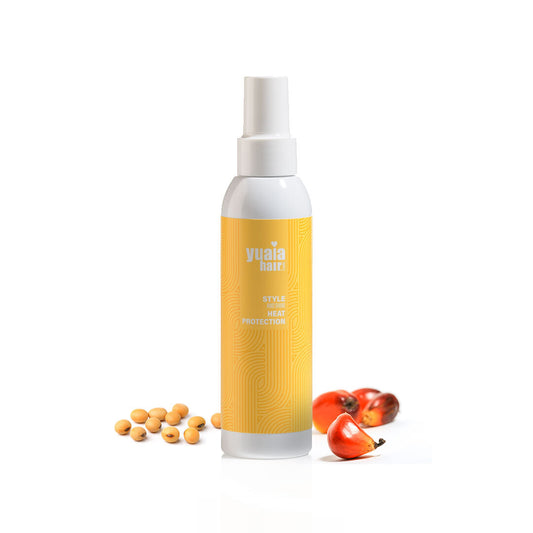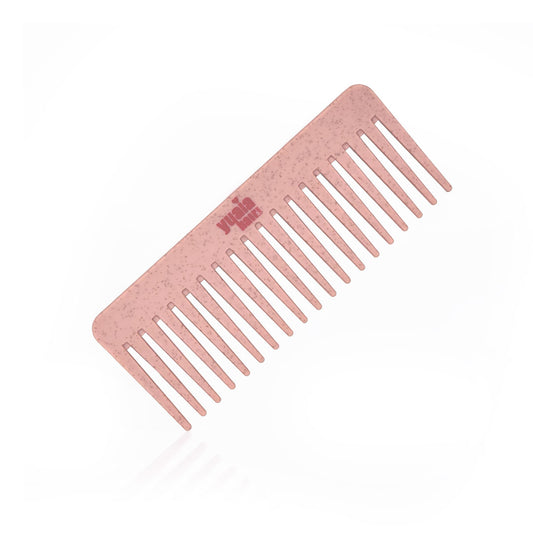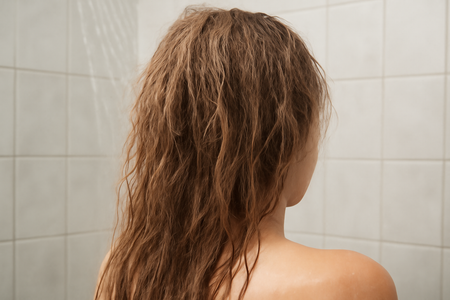
Characteristics of rough hair
Rough hair is often misunderstood, frequently confused with coarse hair due to their similar tactile qualities. However, there are distinct differences. Rough hair is defined by its uneven surface texture, which can feel dry and frizzy to the touch. It lacks the natural sheen and smoothness associated with healthier hair. This texture can be more pronounced in certain hair types, often feeling thicker and more resistant to styling. In contrast, coarse hair refers specifically to the diameter of the hair itself, which is naturally larger and sturdier.
One of the key features of rough hair is its raised cuticle layer. This characteristic makes it more prone to absorbing and losing moisture quickly, contributing to its dry and brittle feel. The surface irregularities can also lead to increased friction between hair, resulting in tangles and breakage.
Common causes of rough hair
Understanding the causes behind rough hair can help in tailoring effective care routines. Here are some common factors:
Genetic factors
Your hair texture is largely determined by genetics. If rough hair is prevalent in your family, it is likely that you may experience similar traits. This natural texture is often seen in certain ethnic groups and should be embraced as part of your unique beauty.
Environmental influences
Weather and environmental conditions play a significant role in hair roughness. Exposure to harsh weather, such as extreme sun, wind, or cold, can deplete the hair's natural moisture, leading to increased roughness. Protecting your hair from these elements is essential in maintaining its texture.
Styling and chemical damage
Frequent use of heat styling tools and chemical treatments, such as coloring or perms, can exacerbate roughness by damaging the hair cuticle. This damage makes the hair more susceptible to frizz and breakage. Incorporating a heat protectant spray into your routine can help shield your hair from further damage.
Health and nutrition
While genetics and environment are significant factors, overall health and nutrition also influence hair texture. A balanced diet supports hair health, which can help in managing roughness. However, it is important to note that some medications and health conditions may also affect hair texture.
Problems associated with rough hair
Rough hair can present several challenges, often making it more difficult to manage. Here are some common issues:
Frizz and flyaways
The raised cuticle of rough hair contributes to frizz and flyaways. This occurs because the hair absorbs moisture from the air, causing it to swell and frizz. Keeping the cuticle smooth with moisturizing products can help reduce these issues.
Tangling and breakage
Rough hair's uneven surface makes it prone to tangling. When hair tangles, it can lead to breakage, especially if not handled gently. Using a wide-toothed comb for detangling can minimize stress on the hair, reducing the risk of breakage.
Resistance to styling
Due to its texture, rough hair can be resistant to certain styling techniques. Achieving smooth, sleek styles may require specific products that offer added moisture and control. Understanding your hair's unique needs is key to finding the right styling solutions.
Myths and misconceptions
When it comes to rough hair, several myths and misconceptions can lead to misunderstandings about its nature and care. One common myth is that rough hair is always a sign of damage or poor health. In reality, rough hair can simply be a natural texture, especially for those with coarse hair types. It's important to recognize that rough hair does not inherently mean unhealthy hair. Understanding this distinction can lead to more informed choices in hair care routines.
Another misconception is the belief that managing rough hair requires an excessive amount of products. While it's true that rough hair can benefit from moisturizing and smoothing treatments, overloading it with products can weigh it down and lead to buildup. Instead, focusing on quality products that address your hair's specific needs can be more effective. For instance, at Yuaia Haircare, we offer a rosemary hair oil that can provide the nourishment and moisture rough hair craves without overwhelming it.
Frequently asked questions
What is the difference between rough and dry hair?
Rough hair is characterized by its coarse and uneven texture, which can feel dry and frizzy. Dry hair, on the other hand, refers specifically to hair that lacks moisture. While rough hair can be dry, not all dry hair is rough. Understanding the distinction helps in selecting the right care products.
Can rough hair be made smooth?
Yes, rough hair can be made smoother with the right care techniques. Regular use of moisturizing shampoos and conditioners, along with nourishing treatments like hair oils, can help smooth the cuticle and improve the texture of rough hair over time.
Is rough hair always unhealthy?
No, rough hair is not always unhealthy. It can be a natural texture for many people, particularly those with coarse hair types. Proper care and moisture can maintain the health of rough hair, even if it doesn't have the smoothness of finer hair types.
How often should I wash rough hair?
The frequency of washing rough hair depends on individual needs and lifestyle. Generally, washing 2-3 times a week is sufficient to keep the hair clean without stripping it of natural oils. Using a gentle shampoo and conditioner can help maintain moisture and manageability.
 2-4 day UK delivery
2-4 day UK delivery
 25.000+ satisfied customers
25.000+ satisfied customers
 Satisfaction Guarantee
Satisfaction Guarantee


